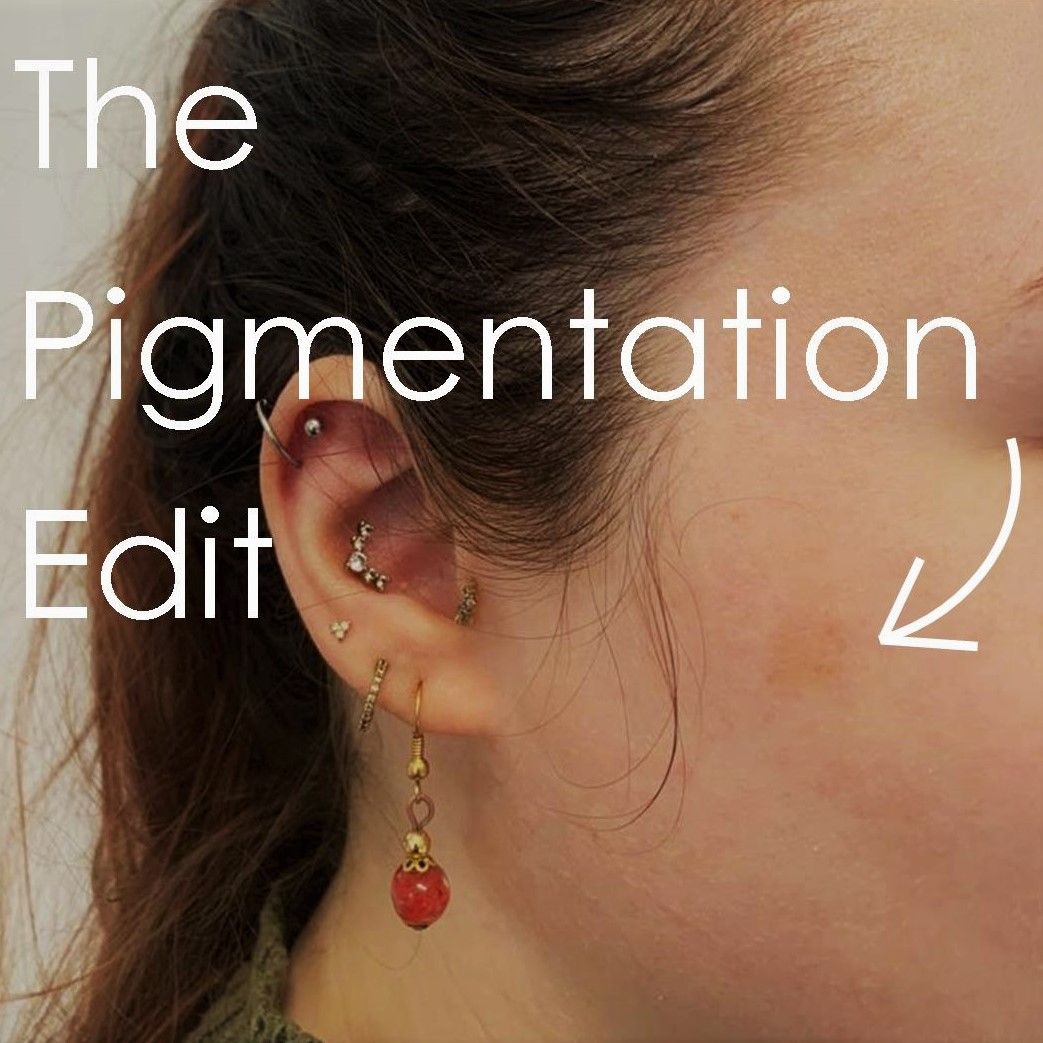In 2003, when I began practicing, the condition was called Acne Rosacea and mainly reserved to farmers, gardeners, athletes and those with a genetic predisposition for very flushed complexions. The very few cases, which I encountered at the time, manifested predominantly in flushed cheeks, nose and chin with visible broken capillaries. Those with actual breakouts were even rarer, which made me think it was not a condition related to acne.
A few years later, the introduction of chemical peel treatments promoted the idea that causing trauma to the skin will force it to renew itself, resulting in a firmer more youthful appearance. Not long after, the market was flooded with all kinds of glycolic acid-based products for home use. Soon after, came the ‘skin-resurfacing’ using fruit enzyme-based, vitamin C serums and of course the big seller, retinol (more to come on Retinol in future blogs). These removed skin to reveal younger looking skin underneath. There are also a multitude of treatments that either removes the skins top layers or cause trauma and inflammation to the deeper dermal layers to force them to renew. Within a few years of this ‘skin-resurfacing’ approach, causing trauma and inflammation to the skin, rosacea cases started to rise. The skin became more sensitive, more reactive to essential oils and other natural skincare ingredients. This resulted in flushed cheeks, and some with small pustules.
Fast forward to 2015, and half of the clients that came to my clinic had some form of rosacea. Present day, 90% of all skin consultations I preform are rosacea related. Being the number one skin complaint, finding solutions for my rosacea suffering clients became a priority.
Most people with rosacea have used foaming cleansers, skin resurfacing products or skin care products containing retinol, vitamin C or other acids. Most have also had some form of treatment that involves micro-trauma to the skin. It would therefore be easy to conclude that such products and treatments are the cause of modern rosacea, but not all people who use such skincare products develop rosacea, so something else must be going on.
The 2nd Factor
In my holistic approach, I look at skin as the outcome of our internal health. I begin by asking my clients about the main health factors that affect the skin. This is where I found the second contributing factor that almost all my rosacea suffering clients have in common; gut issues. Most refer to their gut issues as bloating, flatulence, constipation and abdominal discomfort, all of which are symptoms of an inflamed gut and/or an unbalanced microbiome.
The two conditions are so related that whenever a client shows signs of rosacea, I immediately ask about their gut health, and if they subscribe to this modern way of caring for one’s skin. However, the dot joining does not end here. Further digging into my client’s health history, it becomes apparent that their gut issues, which had led to the offset of rosacea, were caused by some kind of trauma in their life. From experiencing an illness, an accident, deep grief, a stressful work-related period and even from doing a juice detox, the body does not discriminate against any type of trauma.
The conclusions that I have drawn from over 10 years of research on rosacea sufferers has led me to believe that there are 4 categories of rosacea roadmaps:
GROUP 1 – 12%
Trauma >>> Gut issues >>> Rosacea
GROUP 2 – 73%
Trauma >>> Gut issues >>> Use of modern day skincare >>> Rosacea
GROUP 3 – 11%
Use modern day skincare >>> Rosacea
GROUP 4 – 4%
No such triggers, condition may be genetic or environmental.
It is apparent that the most common initial trigger is based on trauma that inflames the body, which leads to gut problems. This, together with modern day skincare, leads to rosacea. This makes perfect sense to me, as the skin’s health is dependent on its own microbiome. The provision of a supportive environment to the trillions of microorganisms that live on the skin is vital for their survival. Modern day skincare destroys the skin’s acid mantle, removes skin layers and contains chemicals that are toxic to the beneficial bacteria living on the skin. The inflammation from the gut combined with skin inflammation caused in the name of rejuvenation, is all too much for the skin to cope with.
There are many cases where the trauma is dealt with, gut issues healed but yet rosacea persists. This is because once the skin is compromised, it may take a very long time to rebuild its’ defences and its microbiome. However, it is not impossible, but it takes a holistic approach.
In the next newsletter: Rosacea - The Solution

